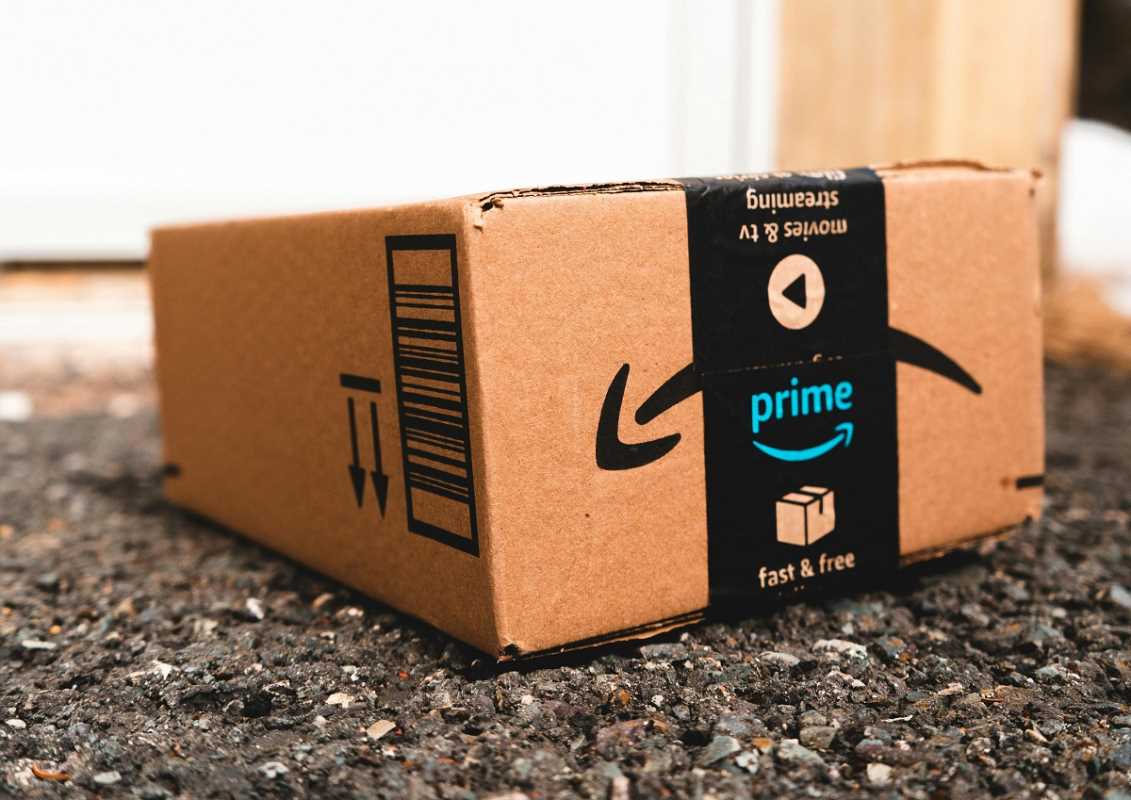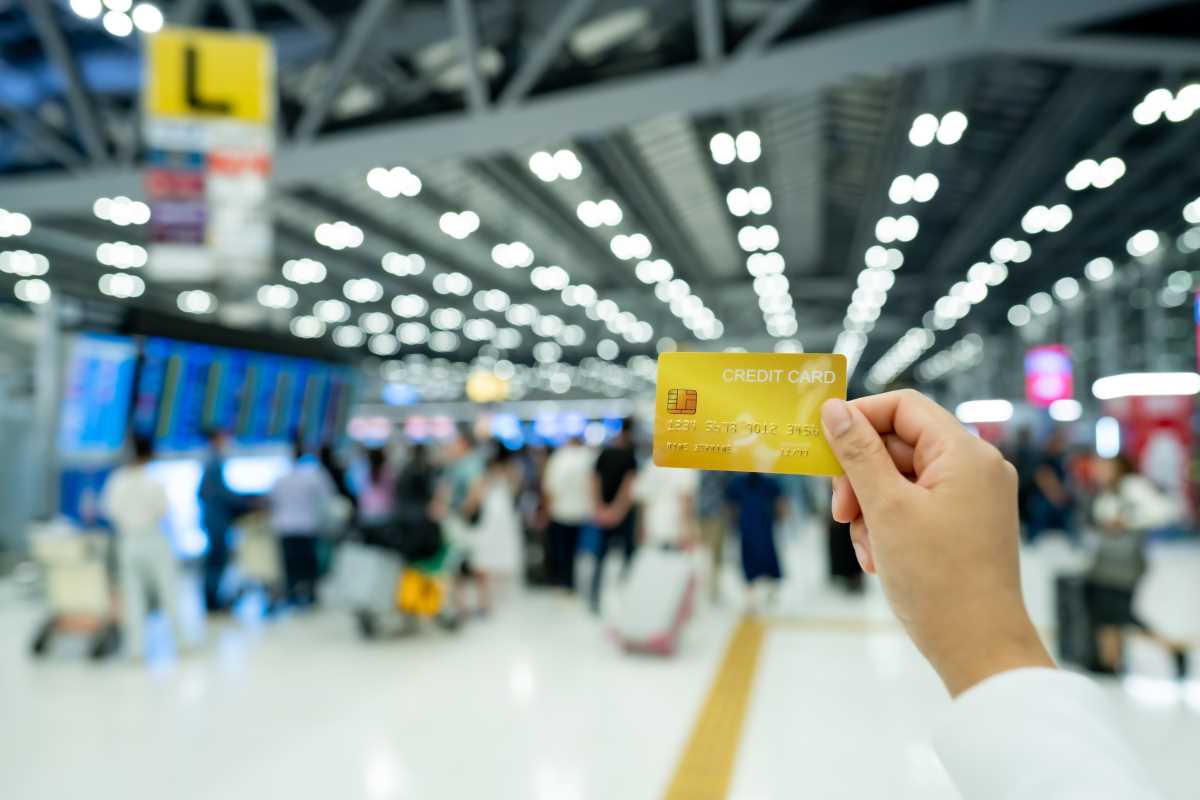Managing the cost of prescription medications can be a challenge, especially if you don’t have insurance or are faced with high out-of-pocket expenses. Prescription savings cards can help significantly reduce those costs, sometimes by as much as 80%. Whether you’re looking for discounts on long-term medications or just a one-time prescription, these cards are an easy and practical way to save.
This guide will walk you through everything you need to know about prescription savings cards, how they work, and how to make the most of them. By the end, you'll be armed with actionable tips to stretch your healthcare dollars further.
What Are Prescription Savings Cards?
Prescription savings cards are free or low-cost discount programs that allow you to save money on medications at participating pharmacies. Unlike insurance, these cards simply provide discounted rates on prescriptions; they don’t require premiums, deductibles, or co-pays.
Here’s how they work:
- Retail Partnerships: Prescription savings cards negotiate pricing with pharmacies, allowing cardholders to access lower rates than standard retail prices.
- Eligibility: Anyone can use them, regardless of insurance status.
- Savings Application: Present your card at checkout, and the pharmacy will apply the discounted pricing to qualifying medications.
They’re an excellent option for people who lack insurance, have high-deductible plans, or face expensive co-pays for certain meds. Because they don’t replace insurance, you can sometimes use them alongside your existing coverage to compare which option offers the lowest cost.
How Do Prescription Savings Cards Save You Money?
The pricing discrepancies between pharmacies can be eye-opening. A single medication may cost $150 at one pharmacy and $75 at another, even within the same zip code. Prescription savings cards work to close that gap by offering pre-negotiated discounts or deals specific to each card and pharmacy.
For example:
- Without a card, a prescription might cost $200.
- With a card like GoodRx, the same prescription might cost you $50, depending on the pharmacy.
Savings are applied at the time of purchase, meaning you see the discount reflected immediately.
Where Can You Get Prescription Savings Cards?
Finding a prescription savings card is easy. These programs are widely available online, free to use, and don’t require a lengthy application process. Here are the most popular options:
1. GoodRx
GoodRx is one of the most well-known prescription savings services and is often praised for its ease of use.
- How It Works: Visit the GoodRx website or app, search for your medication, and compare prices across local pharmacies. Show the digital or printed card at checkout to save.
- Pros: Free to use, nationwide coverage, and simple comparisons. Works even if you have insurance.
- Cons: Not all pharmacies honor GoodRx prices, so it’s worth confirming beforehand.
2. SingleCare
SingleCare offers a similar service to GoodRx, with price transparency and discounts on thousands of medications.
- How It Works: Search medications using SingleCare’s website or app, and present your free card at participating pharmacies.
- Pros: Competitive discounts and no enrollment fee. Works for people with or without insurance.
- Cons: Fewer pharmacy partners compared to GoodRx in certain regions.
3. RxSaver
RxSaver helps consumers find savings on both generic and name-brand medications.
- How It Works: Search for your prescription online or via the RxSaver app, select your preferred pharmacy, and show the savings card at checkout.
- Pros: Transparent pricing and typically lower costs for generics.
- Cons: Discounts can vary significantly depending on location and pharmacy.
Other options include WellRx, Blink Health, and pharmacy-specific programs like Walgreens Prescription Savings Club or CVS ExtraCare Pharmacy & Health Rewards.
How to Compare Prescription Savings Cards
Not all prescription savings cards are created equal, and pricing for medications can vary between cards. Here are some tips for comparing and finding the best option for you:
1. Compare Prices Across Cards
It’s worth inputting your prescription details into multiple platforms (e.g., GoodRx, SingleCare, and RxSaver) to see the range of prices available. Surprisingly, the differences can be significant.
2. Check Pharmacy Participation
Each card only works at specific partner pharmacies. If you have a preferred pharmacy or one with convenient locations, ensure the savings card is valid there.
3. Look for Membership Requirements
While most prescription savings cards are free, some pharmacy-specific programs may require a membership fee. For example, Walgreens’ program costs $20 annually for an individual but offers guaranteed savings.
4. Focus on Your Prescription Needs
Some cards may offer bigger discounts on generic drugs, while others might focus on brand-name medications. Take note of what’s most important for your unique needs.
Tips for Using Prescription Savings Cards Effectively
Once you’ve chosen one or more savings cards, follow these tips to maximize your benefits:
1. Always Check Prices First
Before filling a prescription, use the app or website associated with your savings card to compare prices at nearby pharmacies. These tools often highlight the best deals, saving you from paying more than necessary.
2. Compare Against Insurance
Sometimes, using a prescription savings card may be cheaper than going through your insurance. Many pharmacies allow you to run both options and pay the lower price.
3. Double-Check Eligibility
Ensure the medication you need qualifies for the card’s discount. Most cards list exclusions on their website, such as controlled substances or newer specialty drugs.
4. Consider Generic Alternatives
When possible, ask your doctor or pharmacist about generics. Prescription savings cards often provide the steepest discounts on generic medications.
5. Combine Cards with Coupons
Look for manufacturer coupons or pharmacy promotions that can be used alongside a savings card. This double-layer approach can sometimes result in nearly free medications.
6. Keep Track of Expirations
Some prescription savings card discounts may have expiration dates or are limited to a specific number of refills. Stay on top of these timelines to continue saving.
Benefits and Limitations of Prescription Savings Cards
While prescription savings cards can be a lifesaver, they’re not without limitations. Here are some highlights and potential drawbacks:
Benefits
- Significant savings (up to 80%) on medications.
- No insurance required, making them accessible to everyone.
- Easy to use and widely accepted at many pharmacies.
Limitations
- Discounts vary by medication and pharmacy.
- Doesn’t cover over-the-counter medications or specialty drugs.
- May not provide the same level of savings as a comprehensive insurance plan for long-term or high-cost treatments.
.jpg) (Image source: Midjourney)
(Image source: Midjourney) 





